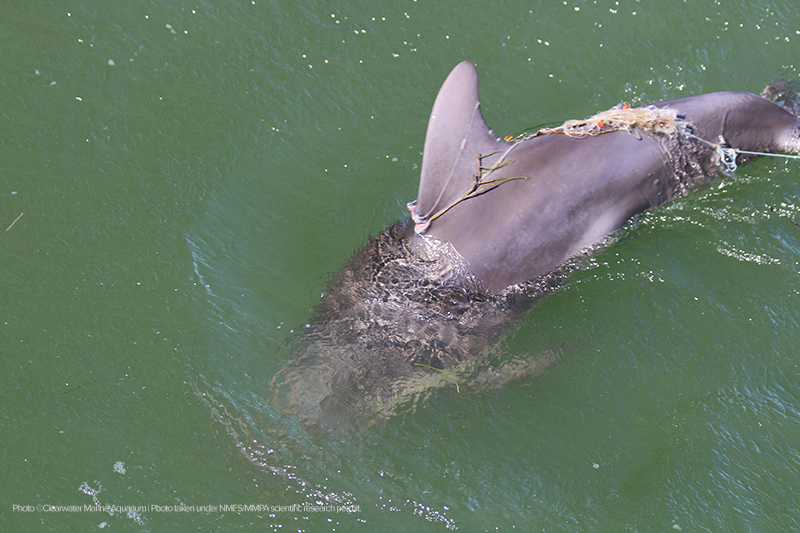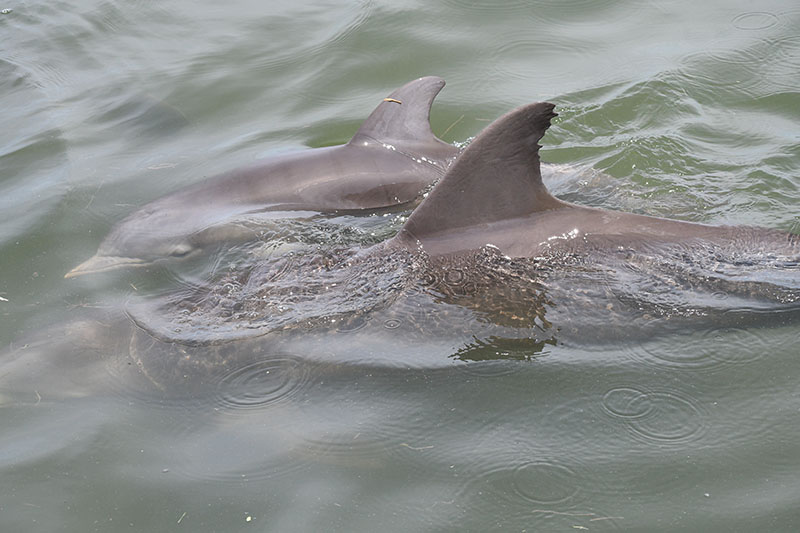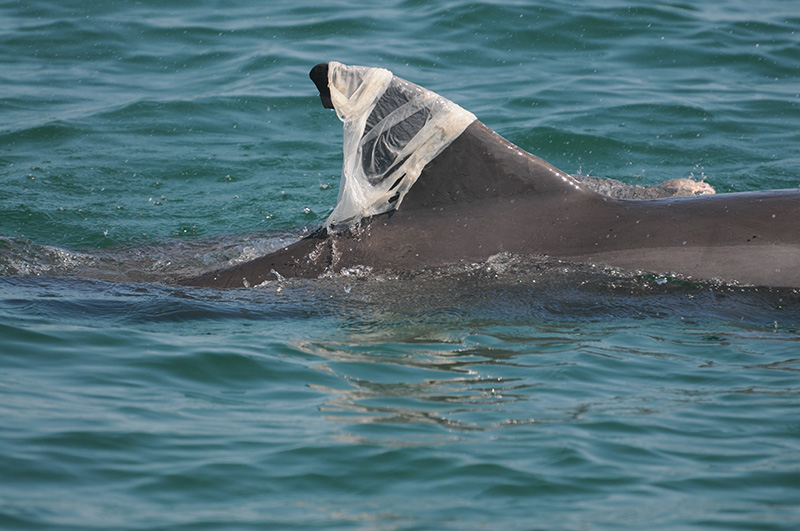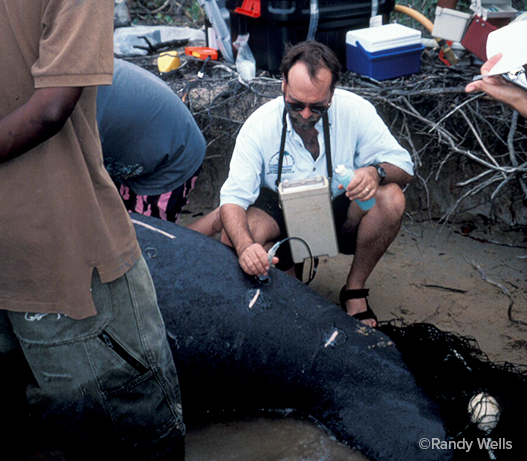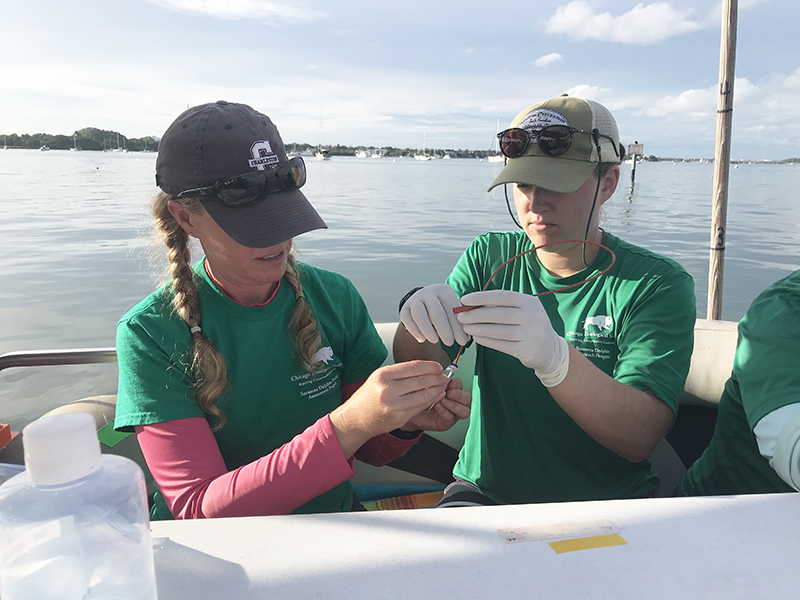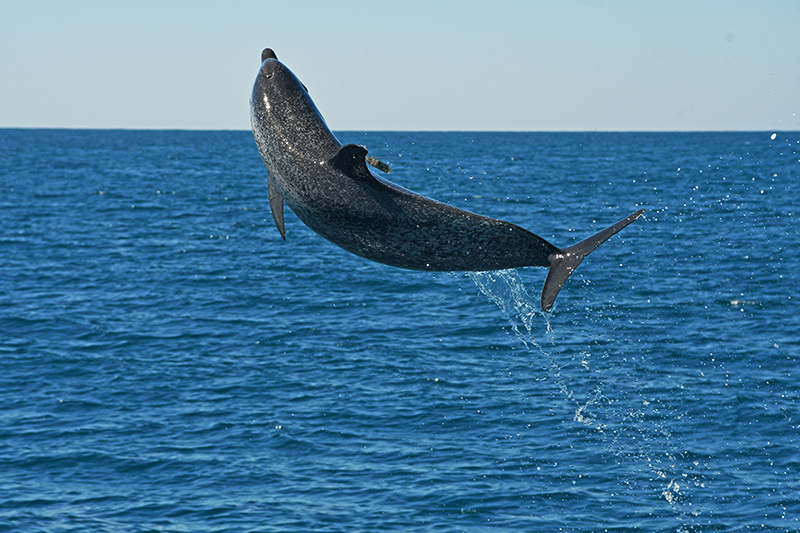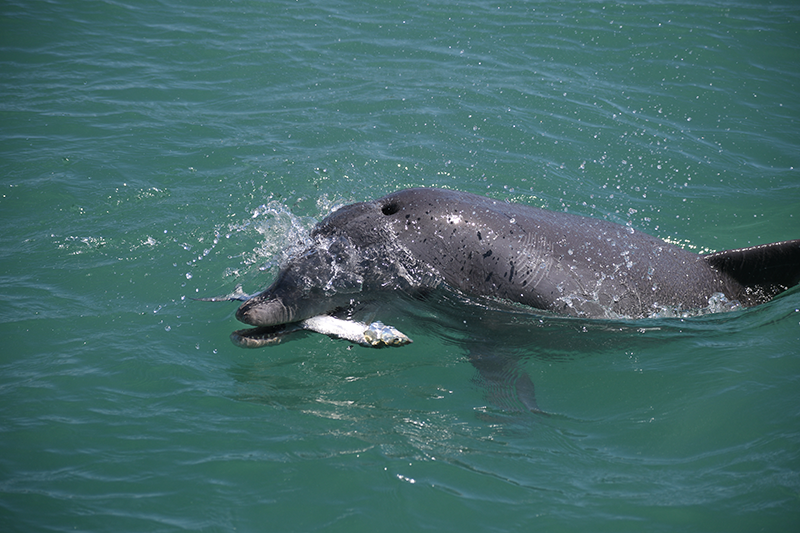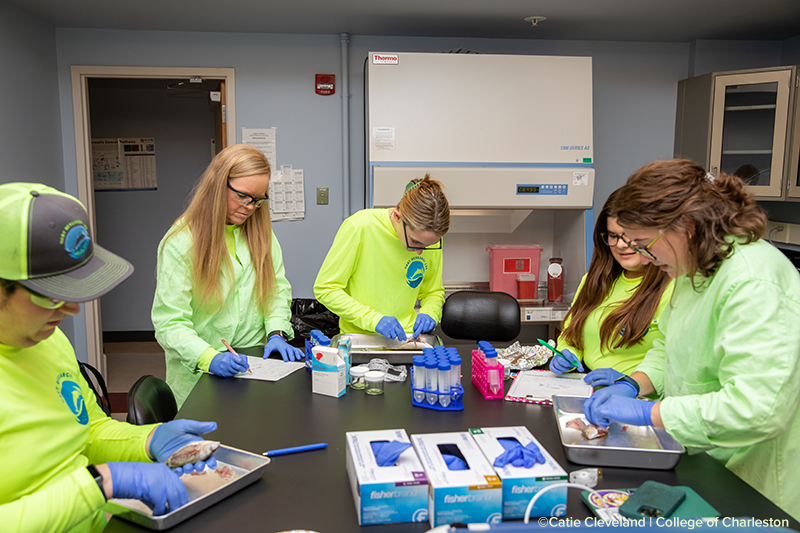Disentangling Dolphins
Nadine Slimak2025-11-08T18:07:18+00:00Coming to the Aid of Dolphin Calves Near Clearwater Things got scary for two dolphin calves off Clearwater before Halloween, when staff from Clearwater Marine Aquarium (CMA) received reports about and observed two dolphins in the area they monitor entangled in fishing line. After getting permission from the National Marine Fisheries Service, we mounted
